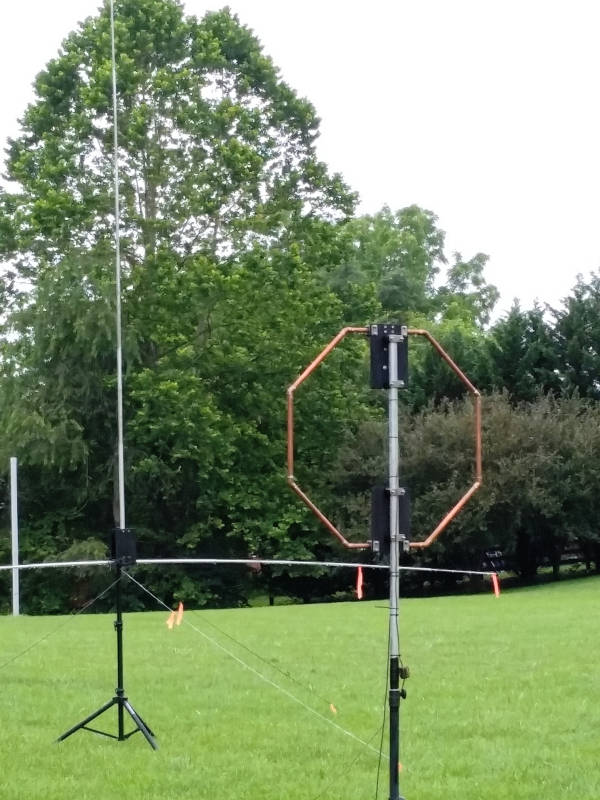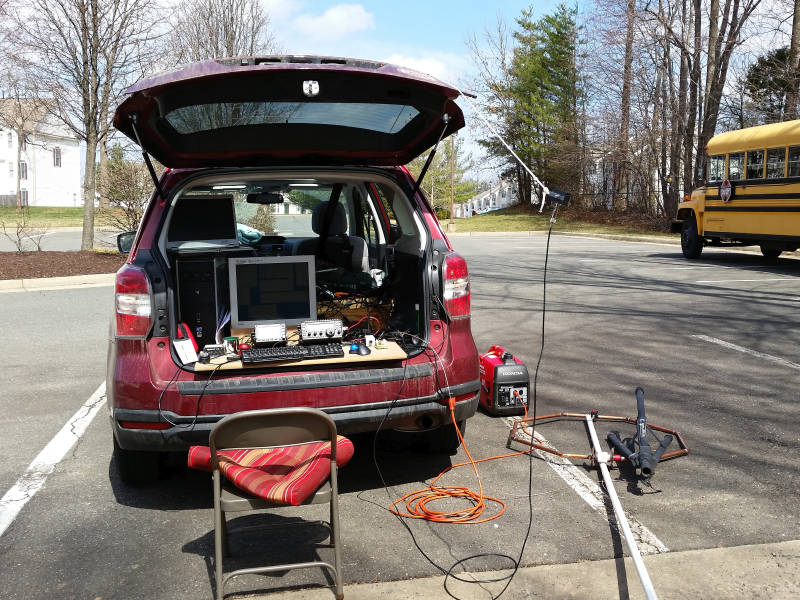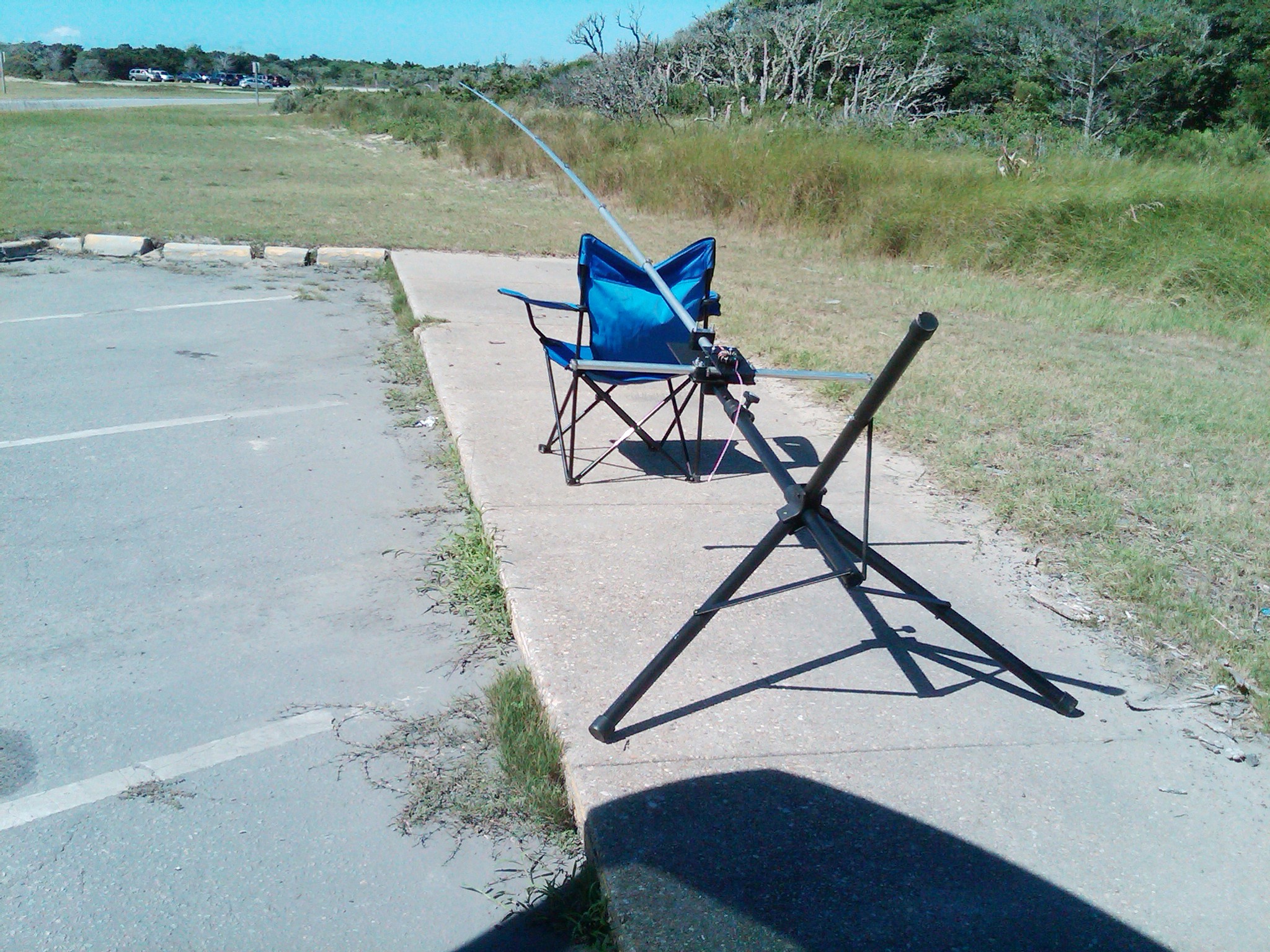Bonus points are important for the annual ARRL Field Day event in June.
If you are thinking of participating in your local club’s Field Day festivities or are heading to the campground with your family for a Bravo station, bonus points are available.
One of my favorites is the Alternate Power Field Day bonus.
To quote the ARRL Field Day rules for 2009…




